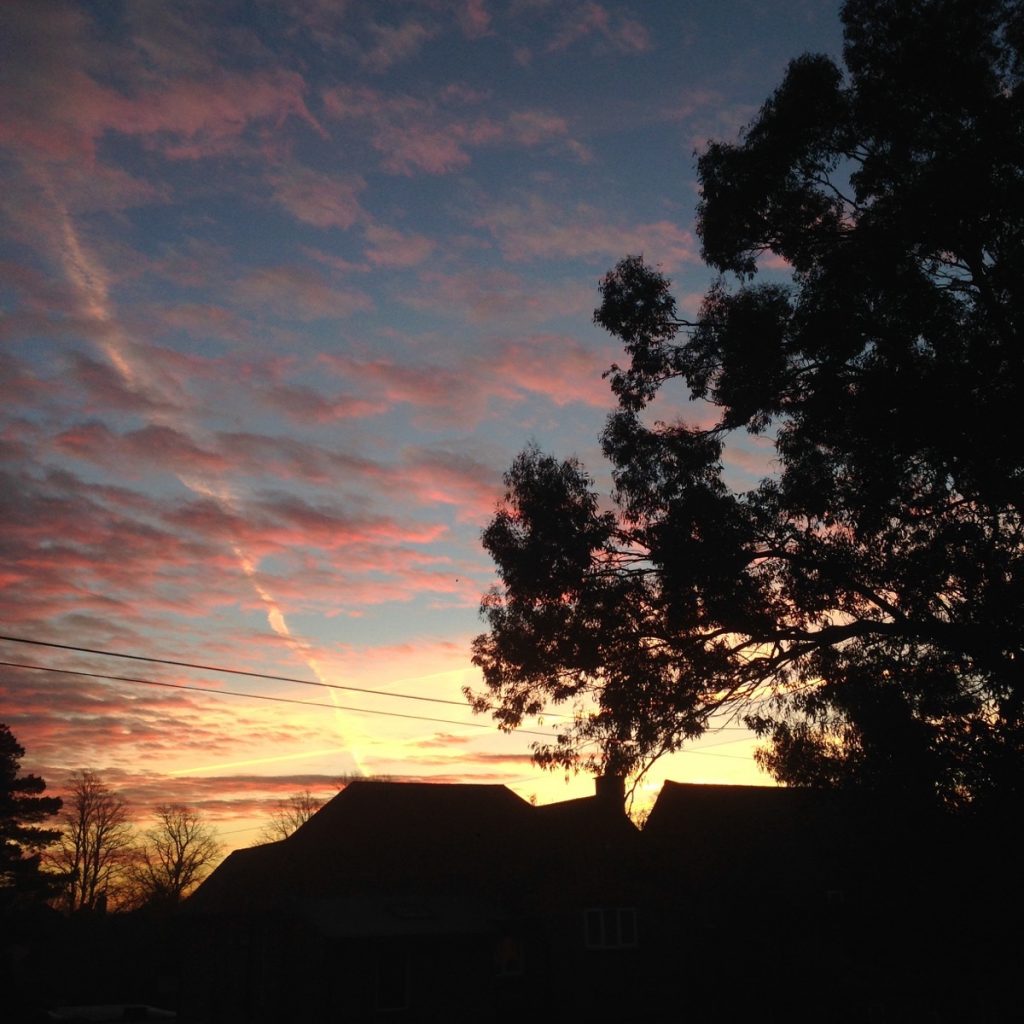
If there’s one thing that redeems January for me, it’s stunning, sunny, frosty Norfolk mornings, like today’s. The air is crisp and sweet, and the sunrise so pink and pretty that my heart sings.
Plants can look quite beautiful in the frost. Heucheras particularly suit their common name ‘Coral Bells’ when frosted. I like the the way the frost picks out the detailed structure and texture of leaves on geraniums, foxglove rosettes and old rudbeckia flowerheads. Even Brussels sprouts look good. The rings on tree stumps are neatly picked out. And moss looks magical; bejewelled with frost, it sparkles in the sunshine.
Frost is surprisingly powerful too, despite its delicate appearance. In my garden, huge acanthus leaves and an enormous fern have completely collapsed in the recent frosts. Here’s the science bit: below freezing temperatures actually cause the water in the plant cells to freeze, damaging the cell walls. This isn’t a problem with hardy herbaceous perennials. These plants are supposed to die back over winter, to make all new growth in spring. In fact, I can see the new fern fronds, tightly curled up at the centre of the plant, waiting to unfurl in the warmer weather.
So I like to leave the old growth of many plants unpruned over winter. It helps to protect the central crown of the plant and takes the brunt of any frost damage. If I cut them back hard in autumn, the new growth would be vulnerable. Penstemons are borderline hardy, so I always leave these untouched until spring, and I haven’t lost one to the cold yet (touch wood). Leaving the big, buff, pompom flowerheads on hydrangeas protects the buds that will produce the new growth and flowers. These look so lovely in a frosty border, I’d probably leave them on anyway.
Some plants, like garlic, strawberries, blueberries and apple trees, actually need a period of prolonged cold and frost to stimulate the next stage of growth. This is why garlic is traditionally sown in late autumn.
Unlike January frosts, late spring frosts are much more of a problem. They worry us gardeners because they can cause great damage, even to hardy plants. A frost in April or, god forbid, May, can utterly kill off newly emerged green shoots, and blossom on cherries and apples, reducing the fruit yield. But let’s not worry about that yet.
For now, I’m going to enjoy anticipating a new gardening season. We’re over the mid-month hump, and I can see this year’s new growth just around the corner. The bulbs I planted in terracotta pots in autumn are starting to push their little green noses up through the soil. The tops of broad beans and garlic shoots have emerged in the raised beds, despite the frequent faecal vandalism of a local ginger cat. (I am not looking forward to the epic poo clean up job that beckons.)
And, remember the forced hyacinth bulbs I planted a few months ago? Well, they didn’t flower in time for Christmas. They were two weeks too late, which turned out to be just perfect timing. The Christmas decorations had all been taken down, and Blue Monday was approaching, but I had three gorgeous, snow white hyacinth flowers with a divine fragrance to enjoy. They definitely brightened up my month.
I hope your January has been bearable, at least, if not good. I find it such a difficult month to get through, but we’re near the home stretch and it’s only going to get better from here on. So, chin up all!
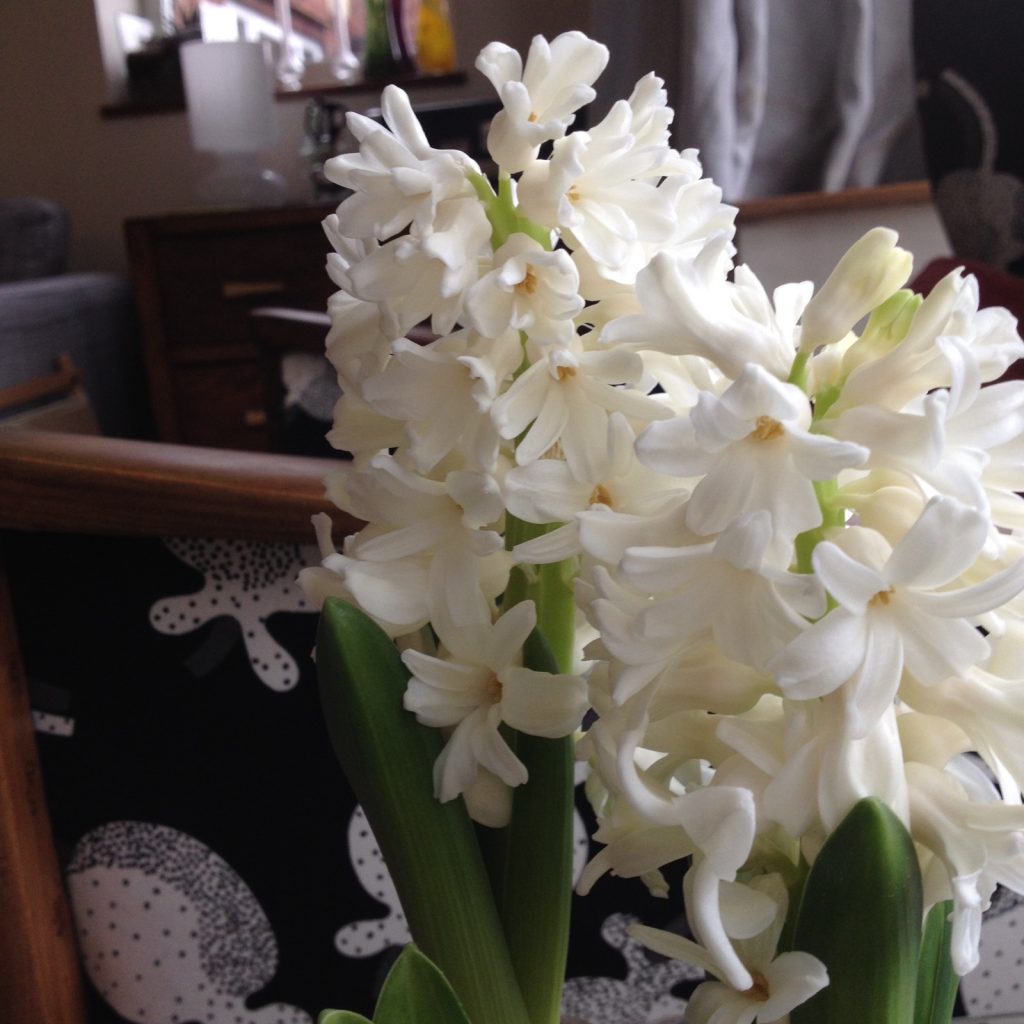

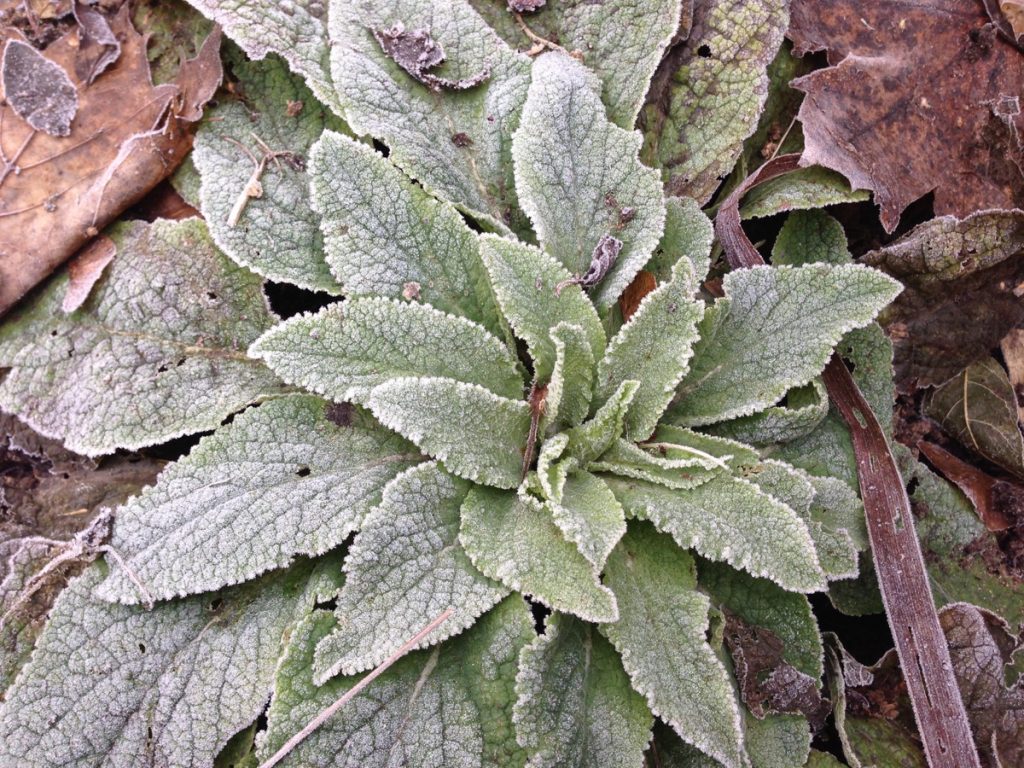
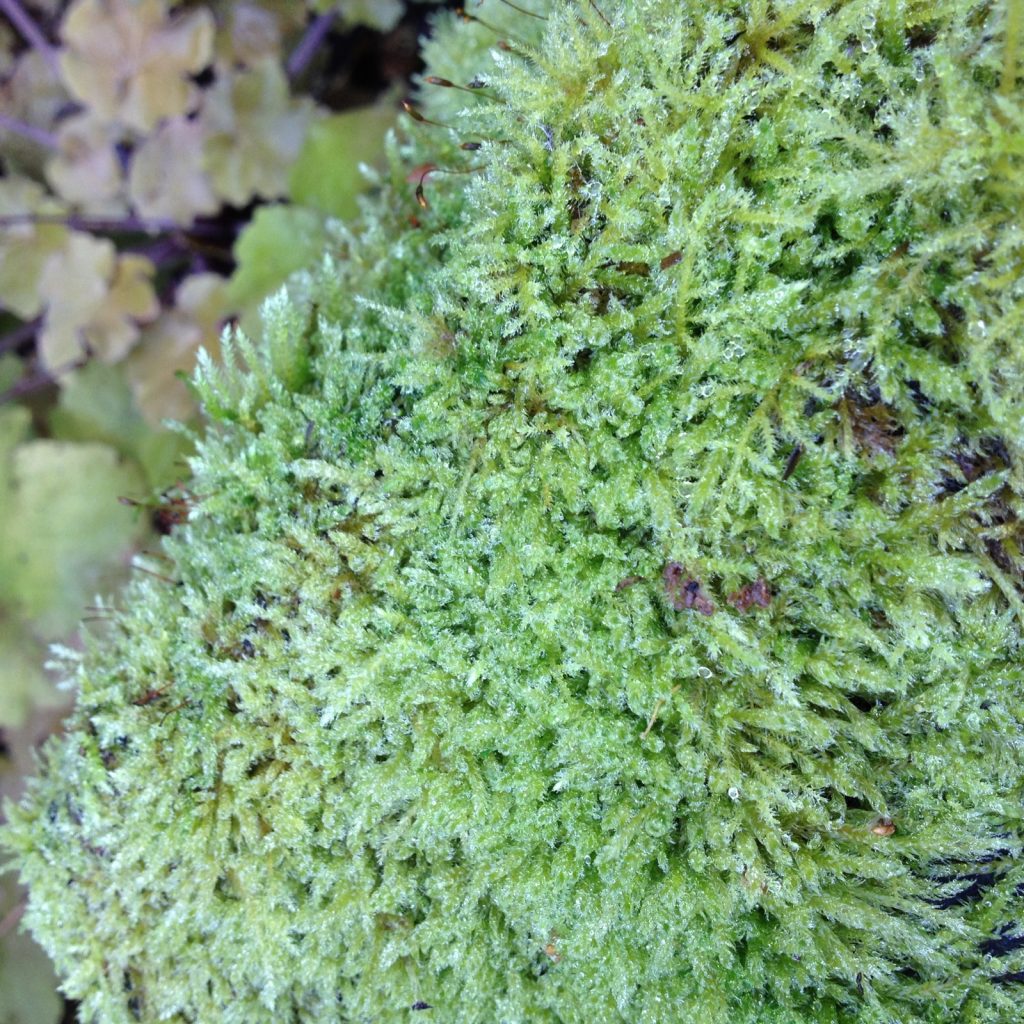
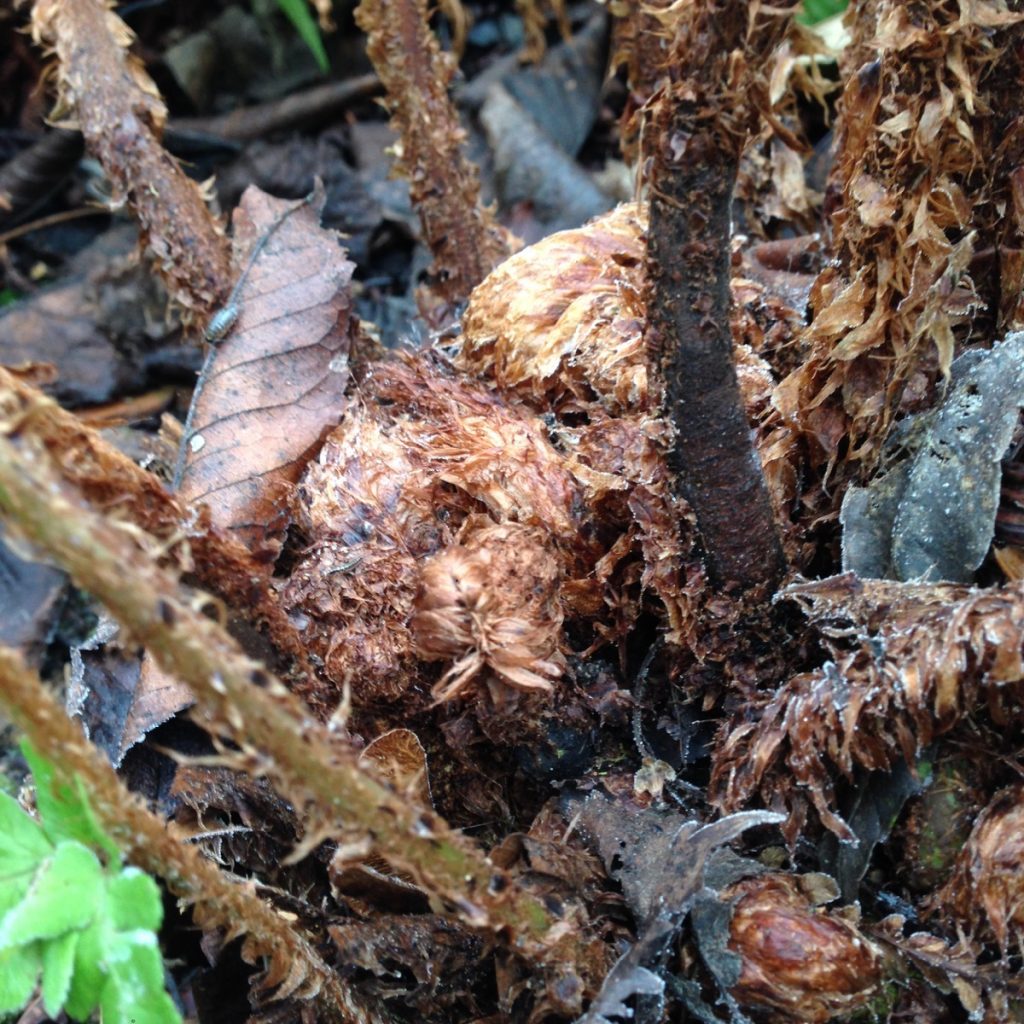
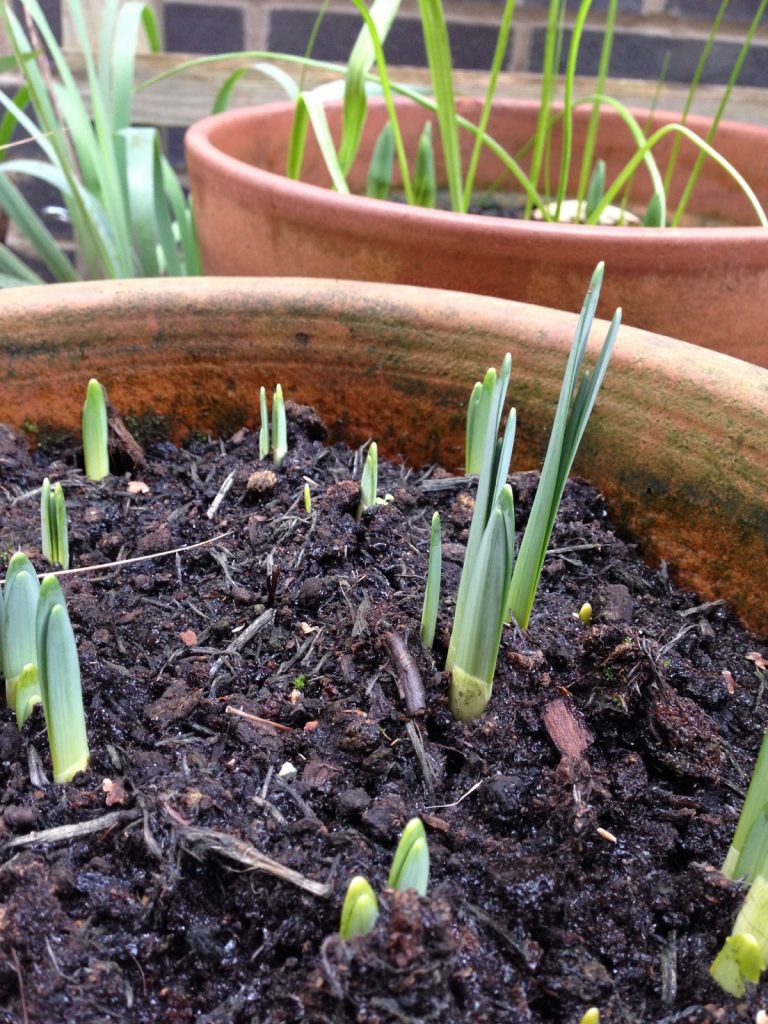
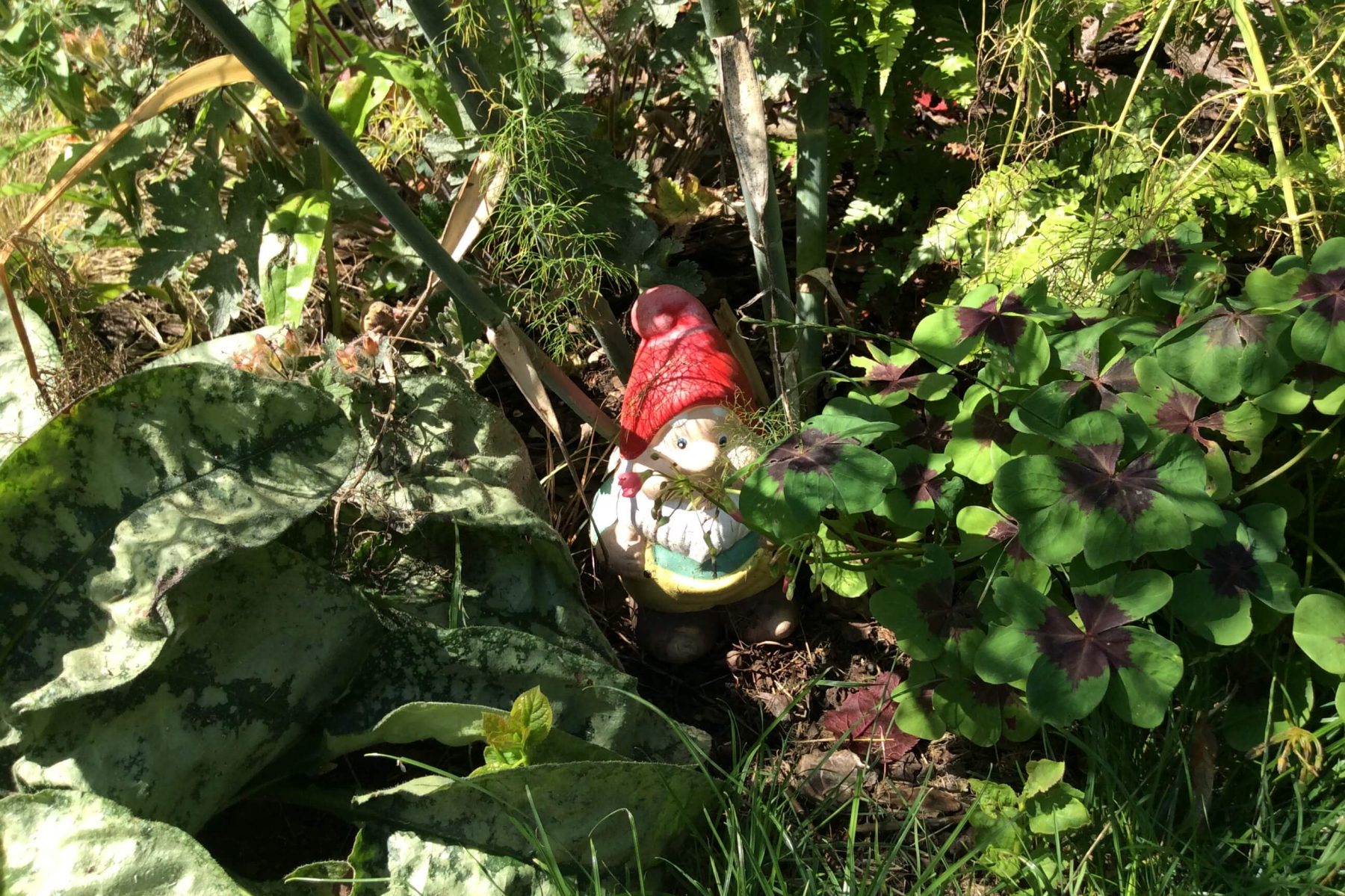
2 comments for “F is for Frost :: A to Z of Gardens”